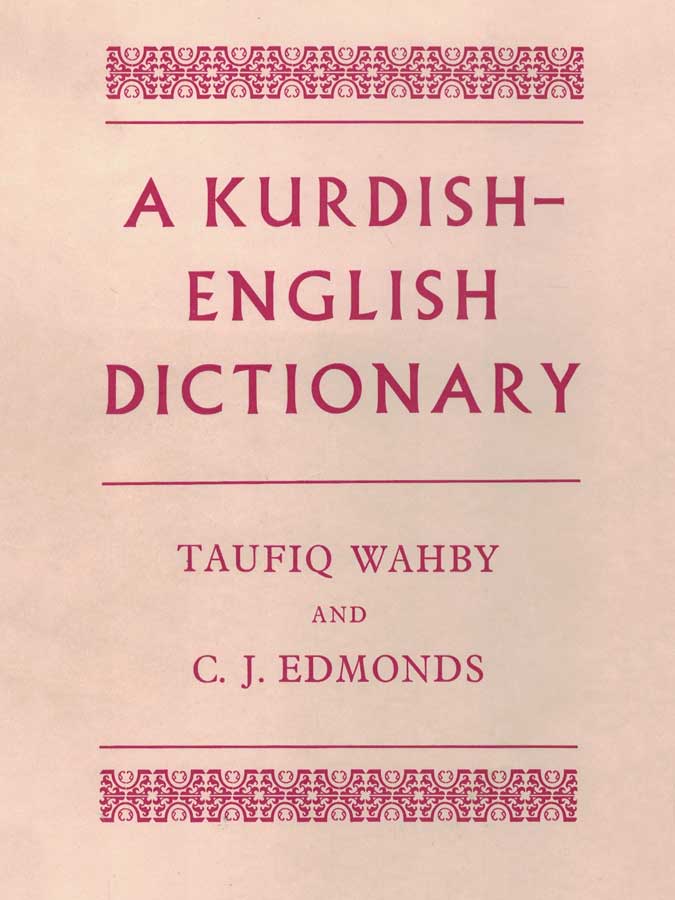واتای «ê» لە فەرهەنگی وەهبی و ئەدمۆندزدا:
-ê [1]
also -êk suffix generally equivalent to indefinite article in English, a, an, also one;
it does not attract the stress;
if it is followed immediately by a pronoun affix, the enclitic present of the verb ‘to be’ îzafe or the conjunction u only the form -êk is used.
see -y1
-ê [2]
feminine suffix used:
(1) as vocative case-ending;
(2) with diminutive or affectionate connotation especially in shortened or pet names;
(3) to link the two elements of a compound noun (rare).
Examples: xushkê were: sister come!;
Fatê: Fatima;
pûrê hat: Auntie has come;
pîrêjin: old woman (Compare e3)
-ê [3]
suffix forming nouns and adverbs denoting place e.g. derê, jûrê, serê, êrekanê
-ê [4]
suffix forming adverbs denoting time e.g. hawînê, shewê.
ê [5]
postposition corresponding to preposition e3, to;
it is normally used only when it governs a pronoun in the affix form (but may sometimes be used absolutely with meaning thither);
since, like e, it is an enclitic and must follow a verb immediately and thus come at the end of a sentence it cannot be used in conjunction with the postposition -ewe and is otherwise restricted.
Examples:
derman-yan eḍeyn ê: we shall give medicine to them;
e-ṭ-gem ê: I shall catch up with you;
geyishtîn ê: we arrived there
ê [6]
interjection yes, I am listening, yes, go on, etc. also êy1
ê [7]
present stem of hatin

بەرهەمی:
تۆفیق وەهبی و ئەدمۆندز
زمان:
کوردیی ناوەندی بۆ ئینگلیزی
ساڵی بڵاوبوونەوە:
1966